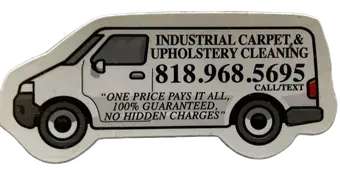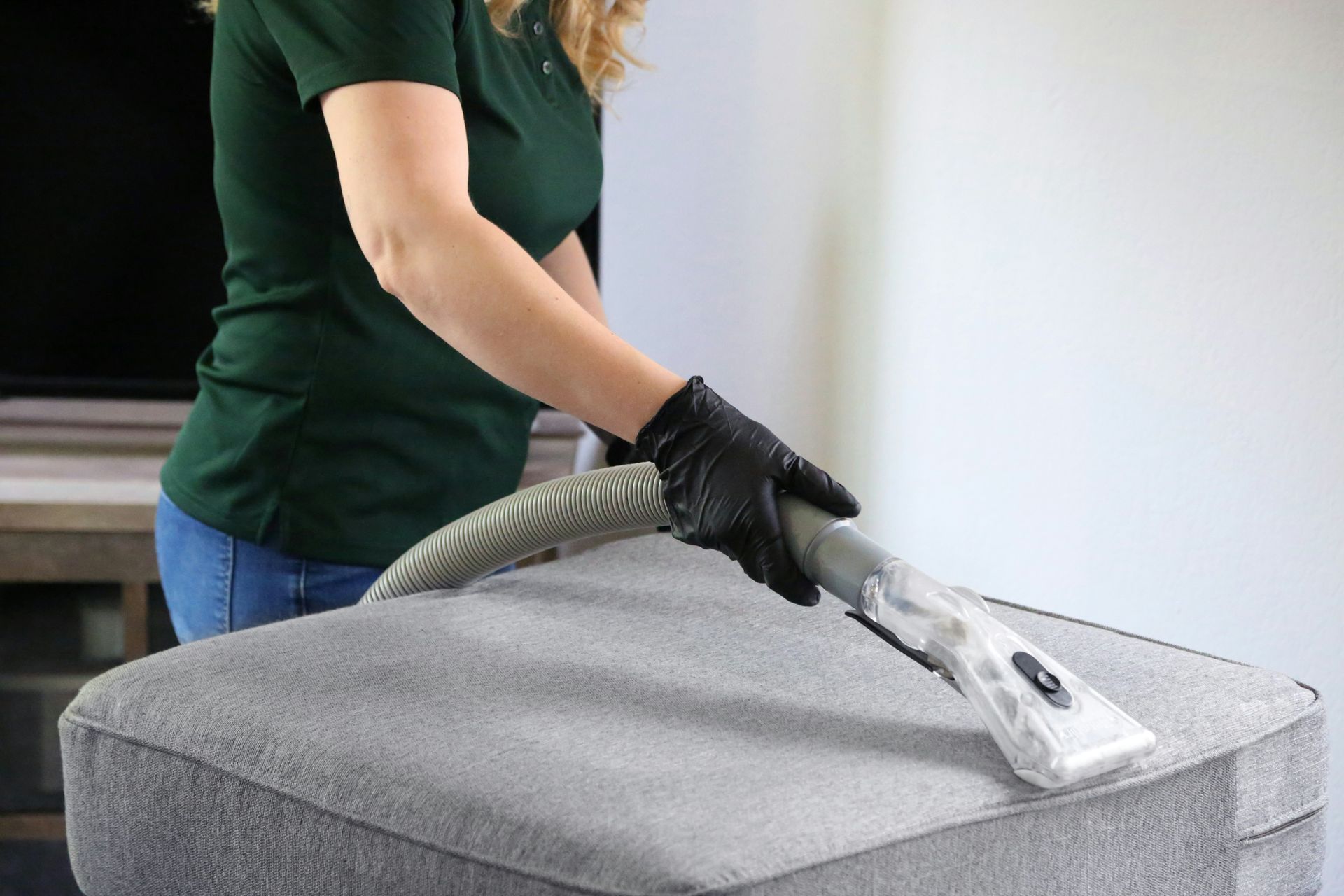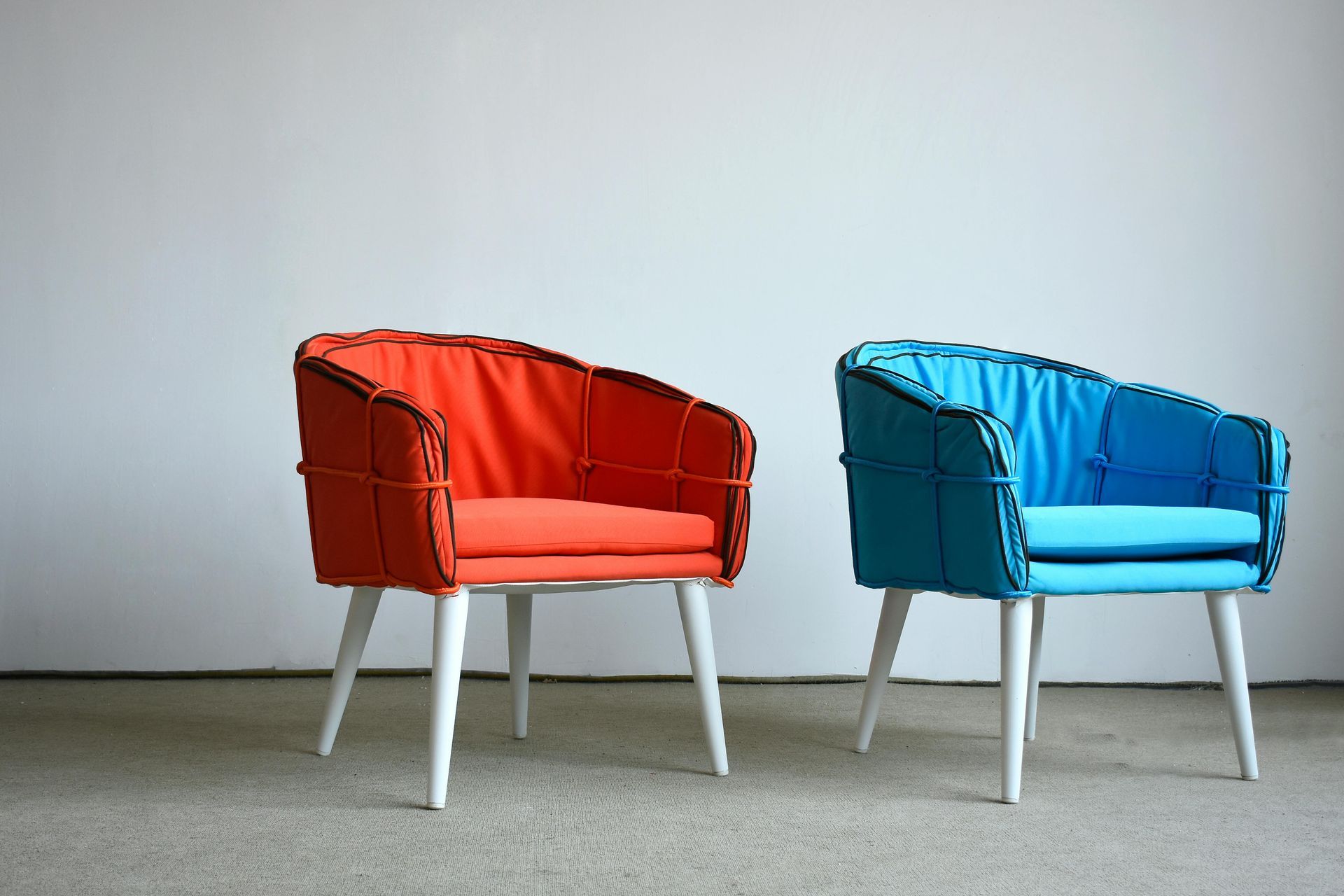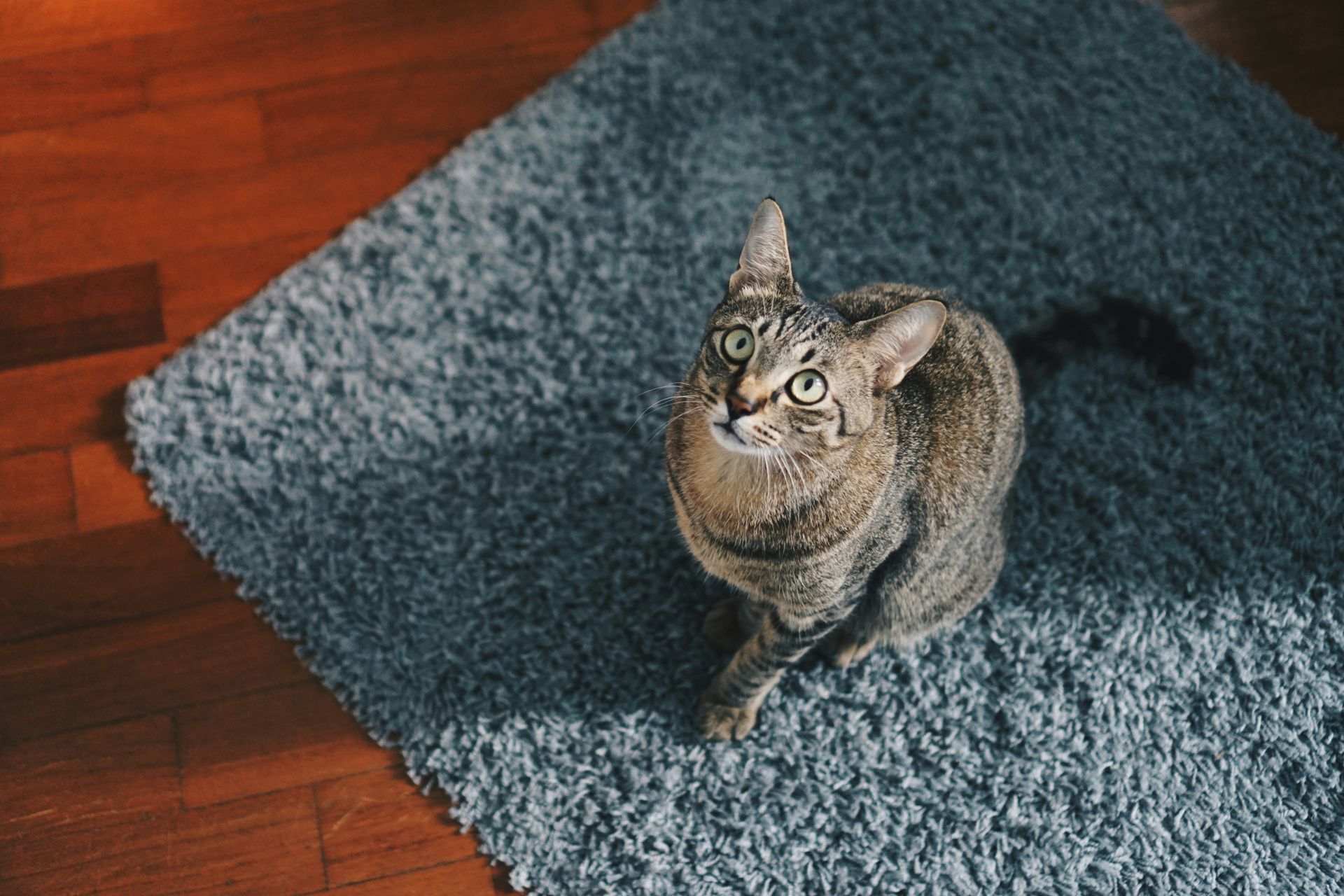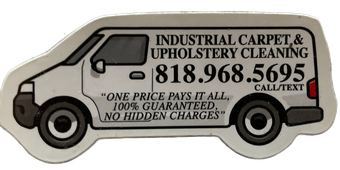What Lies Beneath: Hidden Dirt in Carpets You Never See
When it comes to cleaning your home, vacuuming the carpet often feels like a job well done. After all, if the surface looks clean, what’s left to worry about? But here’s the truth: your carpet is hiding more than you think. Beneath the surface lies a complex world of dirt, allergens, bacteria, and even microscopic pests that typical cleaning can’t reach.
This hidden grime doesn’t just affect the appearance of your home—it can also impact your health, indoor air quality, and even the longevity of your carpet. That’s why investing in professional carpet cleaning services is so important. These services go beyond what a regular vacuum can do, targeting the deep-down dirt you never see. And if you're looking for a trusted team to take care of your home, residential cleaning services in Arleta offer the peace of mind that your space is being thoroughly and safely cleaned.
Key Takeaways
- Carpets trap far more than visible dirt. Dust mites, dead skin cells, pet dander, pollen, and bacteria often reside deep in carpet fibers.
- Routine vacuuming is not enough. Most household vacuums only remove surface-level debris, missing deep-down dirt.
- Hidden dirt affects indoor air quality. Every step on a dirty carpet can release allergens and dust into the air.
- Neglected carpets can contribute to health issues. Respiratory problems, allergies, and skin irritations can all be aggravated by dirty carpets.
- Professional cleaning is essential. Steam cleaning and deep extraction methods remove contaminants that regular cleaning leaves behind.
- Carpet care impacts its lifespan. Regular deep cleaning can extend the life of your carpet, saving you money in the long run.
The Dirty Truth About “Clean” Carpets
Even the cleanest-looking carpet can be a host for contaminants. That’s because carpet fibers act like a sponge, trapping particles from the air and anything tracked in from outside. Over time, these particles accumulate and create a breeding ground for germs. And because carpets are rarely sterilized, those bacteria stay there for the long haul. These contaminants may not be visible, but they can still affect your health, especially if someone in your home suffers from asthma, allergies, or other respiratory issues. For more on how these pollutants impact your living environment, this article on carpet cleaning and indoor air quality breaks it down in detail.
What’s Hiding in Your Carpet?
Let’s break down what might be lurking beneath your feet:
Dust Mites
Dust mites are microscopic creatures that feed on dead skin cells. A single ounce of carpet dust can contain thousands of dust mites. These tiny pests don’t bite, but their waste is a major trigger for allergies and asthma. Since they thrive in warm, humid environments, carpets are a perfect home.
Pet Dander and Hair
If you have pets, their fur and dander easily become trapped in carpet fibers. Even regular vacuuming won’t eliminate it entirely. Pet dander is a common allergen, and combined with hair, it can attract other pests like fleas. If you're dealing with persistent pet messes, consider expert pet stain removal services to target deep-set stains and odors.
Pollen and Outdoor Particles
Every time someone walks into your home, they bring particles from outside—dirt, pollen, and even chemicals like pesticides. These settle deep into your carpet and don’t go away easily.
Food Debris and Spills
Spilled food and drinks might get cleaned on the surface, but remnants can soak into the padding below. This encourages the growth of bacteria and mold, especially if not dried properly. If you have kids or pets, this guide on how pet accidents affect carpet health is a must-read.
Mold and Mildew
If your carpet gets wet and doesn’t dry thoroughly, mold and mildew can begin to grow underneath. These fungi can release spores into the air, leading to respiratory issues and unpleasant smells.
Bacteria and Viruses
Your carpet can act like a giant petri dish. Bacteria such as E. coli and Salmonella can enter your home via shoes or pets. And because they live deep in the fibers, they’re difficult to eliminate without deep cleaning.
Why Regular Vacuuming Isn’t Enough
Most people vacuum their carpets weekly, which is a good habit. But even the best consumer vacuums only remove around 75 percent of surface debris. The rest—particularly the smaller particles—remain embedded in the carpet pile. The suction of a vacuum cleaner can only penetrate so deep. And if your vacuum doesn't have a HEPA filter, it may actually redistribute some of the fine particles and allergens back into the air. Over time, this buildup leads to a noticeable dullness in the carpet's appearance, odors that linger, and worsened air quality throughout the home.
Health Risks of Hidden Carpet Dirt
Ignoring what lies beneath your carpet can come at a cost to your health and comfort. Here are a few of the most common problems caused by dirty carpets:
- Allergy symptoms, such as sneezing, itchy eyes, and runny noses, may worsen indoors.
- Asthma attacks can become more frequent due to airborne allergens.
- Skin irritation may occur from contact with bacteria or allergens in the carpet.
- Respiratory infections may be more likely in children, seniors, or anyone with a weakened immune system.
Children who play on the floor are especially at risk, as they are more likely to come into contact with carpet contaminants and put their hands in their mouths.
The Solution: Deep Cleaning and Preventive Measures
To truly clean your carpet, you’ll need more than just a vacuum. Deep cleaning methods like steam cleaning or hot water extraction are your best options. These techniques reach deep into the fibres and carpet backing, loosening and removing dirt, bacteria, and allergens. If you're wondering which method is right for your furniture, this comparison of steam vs. dry foam upholstery cleaning is a great place to start.
Here are some steps to help keep your carpet clean inside and out:
1. Schedule Professional Cleaning
Experts recommend deep cleaning your carpets at least once or twice a year. If you have pets or allergies, quarterly cleanings may be beneficial. And don’t forget the furniture—upholstery cleaning in Arleta removes the same hidden grime found in carpets.
2. Use Area Rugs and Mats
Place doormats at entrances and rugs in high-traffic areas to trap dirt before it reaches your carpet.
3. Remove Shoes Indoors
Encourage a no-shoe policy to reduce the amount of dirt and bacteria brought into the house.
4. Vacuum Often and Properly
Vacuum at least twice a week, using slow, overlapping strokes. Clean the vacuum filter regularly and make sure the vacuum has a strong brush roll and HEPA filter.
5. Act Fast on Spills
The quicker you address a spill, the less likely it is to seep into the carpet padding and grow bacteria or mold.
Also, don't neglect other flooring types. Services like wood and vinyl floor cleaning in Arleta and tile and grout cleaning can make a big difference in the cleanliness and hygiene of your entire home. If you’re a commuter or rideshare driver, remember that bacteria doesn’t stop at your doorstep. Vehicle upholstery cleaning helps keep your car interior just as fresh and healthy as your home.
Frequently Asked Questions
How often should I get my carpet professionally cleaned?
It’s generally recommended to get your carpets professionally cleaned every 12 months. If you have pets, kids, or allergies, aim for every 3 to 6 months.
Does steam cleaning really kill bacteria in the carpet?
Yes. Steam cleaning uses high heat and pressure to kill most bacteria, dust mites, and fungi living in your carpet.
Is it bad to walk barefoot on dirty carpet?
Yes. Walking barefoot on a dirty carpet exposes your skin to bacteria and allergens, which can cause irritation or other health issues over time.
Can carpet cleaning help reduce allergy symptoms?
Absolutely. Removing dust mites, pollen, and pet dander can greatly improve air quality and reduce allergy symptoms.
What signs indicate that my carpet needs deep cleaning?
Musty odors, visible staining, dull appearance, and increased allergy symptoms are all signs your carpet may need deep cleaning.
Final Thoughts
Your carpet might look clean, but that doesn’t mean it is clean. Hidden dirt, allergens, and bacteria can settle deep within the fibers, quietly impacting your health and home environment. Regular vacuuming is a good start, but to truly protect your family and prolong the life of your flooring, professional carpet cleaning is essential.
Don’t wait for the smell to hit you or your allergies to flare up. Make deep cleaning part of your home care routine. You’ll not only breathe easier but also enjoy a fresher, healthier space from the ground up. Want proof? Check out what satisfied customers are saying in these
carpet cleaning testimonials, or browse real results in the
cleaning gallery to see the difference a deep clean can make. Because what lies beneath doesn’t have to stay there—if you know how to clean it the right way.
